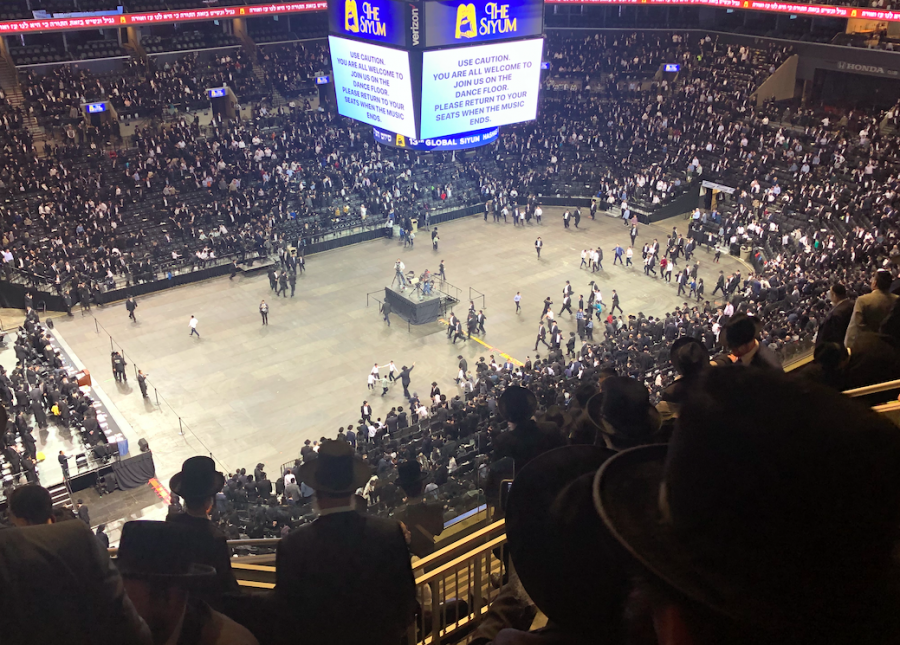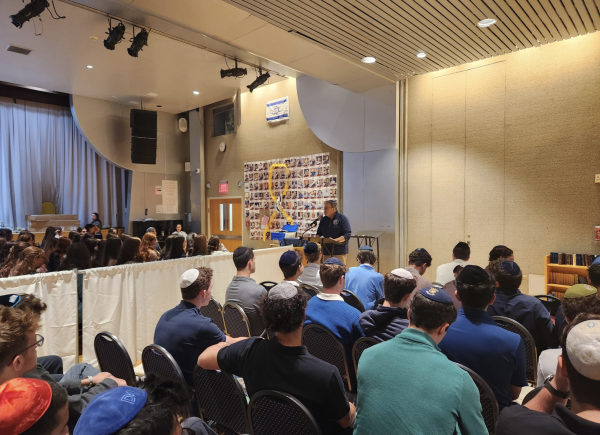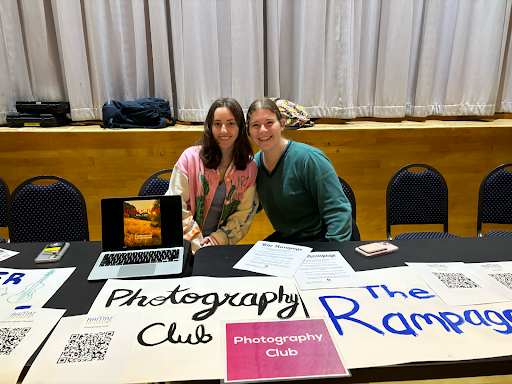Ramaz Celebrates 13th Siyum HaShas
On January 1, 2020, 92,000 Jews joined together at MetLife Stadium to celebrate the completion of the 13th daf yomi cycle, with another 10,000 at Barclays Center. The Siyum Hashas marks the ending of the approximate seven and a half year cycle of learning one full page of Gemara every day in order to eventually complete the 2,711 pages in the entire Talmud. This program was created by Rabbi Meir Shapiro in 1923 in order to unify Judaic learning. Rabbi Shapiro envisioned a Jew traveling to different countries having the ability to go to any beit midrash and find other Jews learning the same daf that he learned that day. At the Ramaz Upper School, students celebrated the siyum with singing and dancing. Students also heard speeches from people who participated in the daf yomi cycle, as well as people who went to the siyum at MetLife Stadium and Barclays Center.
The celebration started off with a speech from Ramaz alumnae Ms. Fern Resmovitz ’75 who completed the daf yomi cycle herself. She discussed her motivation to implement daf yomi into her daily routine and her experience partaking in the program. Ms. Resmovitz said that she had to learn it rain or shine and even showed us a picture of her studying the daf yomi on the day she gave birth to her son. She concluded the speech saying that she had an amazing experience and could not wait to do it again. Ms. Resmovitz’s speech followed with student Sammy Ashendorf ’20 speaking about his experience at the Siyum Hashas at Metlife. He explained how amazing it was to see so many Jews congregated in one place to celebrate such an astonishing achievement. Josh Chetrit ’23, one student who attended the Siyum, said, “I had a great time. It was such a spiritual experience.” After Ashendorf’s speech, Rabbi Stern spoke to the students about the numerous times he has completed the Talmud and the privilege of being able to learn Torah. He then proceeded to recite a blessing for the end of daf yomi as well as a special kaddish for Holocaust victims who never had relatives say kaddish for them. After that, the students sang and danced with the speakers.



